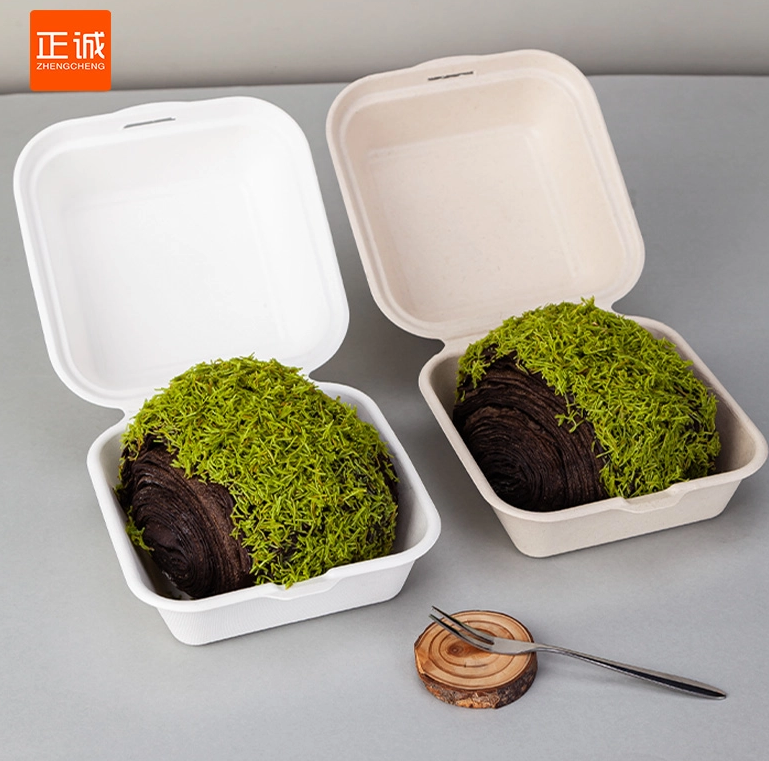Hiking is not just a recreational activity; it’s an immersive experience that connects you with nature, challenges your physical limits, and offers a sense of tranquility away from the hustle and bustle of daily life. However, to fully enjoy your hiking adventures, it is crucial to equip yourself with the right gear. In this article, we will explore what to buy for hiking, focusing on essential items that enhance safety, comfort, and overall enjoyment on the trails.
- Footwear: The Foundation of Your Hiking Experience
Hiking Boots or Shoes
The most critical piece of gear for any hiker is a good pair of hiking boots or shoes. When selecting footwear, consider the terrain you’ll be traversing. For rugged trails, opt for sturdy, waterproof boots with excellent ankle support. Brands like Merrell, Salomon, and Vasque offer a range of options tailored to different hiking conditions. For lighter, well-maintained paths, trail runners can provide comfort and agility.
Socks
Don’t underestimate the importance of quality hiking socks. Look for moisture-wicking materials that prevent blisters and keep your feet dry. Merino wool is a popular choice due to its temperature-regulating properties and comfort. Always carry an extra pair in your pack for longer hikes.
- Clothing: Layering for Comfort and Protection
Base Layer
The base layer is your first line of defense against the elements. Choose moisture-wicking fabrics that keep sweat away from your skin. Synthetic materials or merino wool are ideal for this purpose. Avoid cotton, as it retains moisture and can lead to discomfort.
Insulating Layer
Depending on the climate, an insulating layer may be necessary. Fleece jackets or down vests provide warmth without adding excessive bulk. Look for options that are lightweight and packable, allowing for easy storage in your backpack.
Outer Layer
A waterproof and breathable shell is essential for unpredictable weather. Look for jackets with features like adjustable hoods, ventilation zippers, and pockets for convenience. Brands like The North Face and Patagonia offer high-quality options that balance durability and comfort.
- Navigation and Safety Gear
Map and Compass
While GPS devices and smartphone apps are convenient, having a physical map and compass is crucial for navigation, especially in remote areas. Familiarize yourself with reading topographic maps and using a compass to enhance your outdoor skills.
Headlamp or Flashlight
A reliable light source is essential for early morning or late evening hikes. Headlamps are particularly useful as they allow for hands-free navigation. Look for models with adjustable brightness and long battery life.
First Aid Kit
Accidents can happen, so carrying a compact first aid kit is a must. Include essentials such as adhesive bandages, antiseptic wipes, gauze, and any personal medications. Familiarize yourself with basic first aid procedures to handle minor injuries effectively.
- Hydration and Nutrition
Hydration System
Staying hydrated is vital during hikes. Consider a hydration bladder or water bottles that fit easily in your backpack. Look for options with insulation to keep your water cool. Additionally, water purification tablets or filters can be invaluable for longer treks where water sources are available.
Snacks and Meals
Pack high-energy snacks like trail mix, energy bars, or jerky to keep your energy levels up. For longer hikes, consider lightweight, dehydrated meals that can be easily prepared with hot water. Brands like Mountain House and Backpacker’s Pantry offer a variety of tasty options.
- Additional Accessories
Trekking Poles
Trekking poles can significantly reduce strain on your knees and improve stability on uneven terrain. Look for lightweight, collapsible poles that are easy to carry when not in use.
Backpack
Choose a backpack that suits the length of your hike. Daypacks are ideal for short excursions, while larger backpacks are necessary for multi-day trips. Look for features like padded straps, ventilation, and multiple compartments for organization.
Sunscreen and Insect Repellent
Protect your skin from harmful UV rays and pesky insects. Choose a broad-spectrum sunscreen with at least SPF 30 and a DEET-based insect repellent to keep bugs at bay.
Conclusion
Investing in the right gear for hiking can transform your outdoor experience, making it safer, more comfortable, and enjoyable. By carefully selecting footwear, clothing, navigation tools, hydration systems, and additional accessories, you can prepare yourself for any adventure that awaits on the trails. Remember, the key to a successful hike lies not only in the destination but also in the journey itself. Equip yourself wisely, and embrace the beauty of nature with confidence. Happy hiking!

More Stories
Achieve Healthier, Stronger Hair: The Power of Keratin Purifying Shampoo
Why a Foldable Trolley Cart on Wheels Has Become an Essential Mobility Solution for Daily Utility
How an Integrated Supply Chain Lowers Costs for High-Quality Indoor Volleyball Training Nets